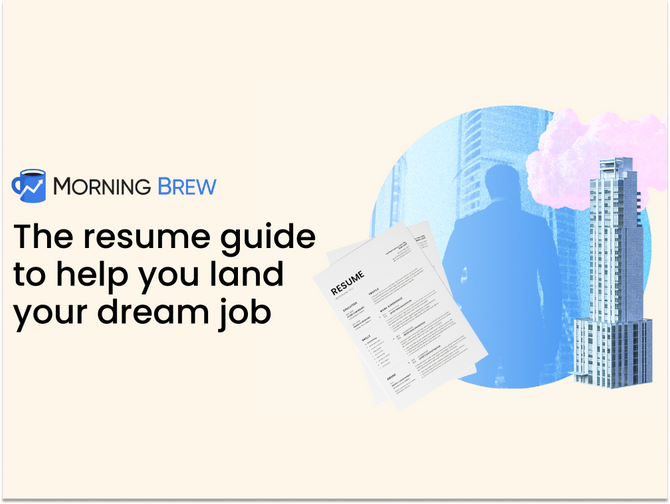Megan Smith knows a thing or two about accessibility. She has spent more than a decade focused on accessibility for all and grew up with a disability herself. She recently spoke to HR Brew about her journey to Amazon’s people accessibility team, and how HR leaders can keep accessibility top-of-mind.
This interview has been edited for length and clarity.
Can you tell me a little bit about how you got interested in accessibility, from a workplace standpoint?
My career has woven in and out of accessibility from the beginning. I was working full-time at a hospital and was a guide-dog user. I was putting myself in this position of giving my thoughts as to how we could make the hospital environment and workplace for me more accessible. I started to realize I have a point of view about this, but found myself really relying on my own experiences. Around that time, I started to pursue a graduate degree in disability services.
I got that degree and was working for a health insurance company in the diversity office, and brought forward this plan to them that said, we have gaps in our customer experience for people with disabilities. We could be doing more as a health insurance company. I didn’t quite know what I was talking about, but dug deeper into how to make our workplace more inclusive of people with disabilities, and walked into a role that I created.
How would you explain what the “people accessibility” team is?
We talk about accessibility at Amazon as the intentional practice of ensuring that an experience works for people with disabilities. It’s something you’re constantly doing. It’s often technology, the physical environment, a process, or more broadly, the culture, and all of those things have to come together to enable an equitable and inclusive experience.
What is the job the employee is trying to do? Whether that’s filling out a job application or [having an] interview at Amazon, whether that’s a big product in our operations environment. We think about how to make that holistic experience work for the broadest range of people, people with disabilities.
Keep reading.—KP





